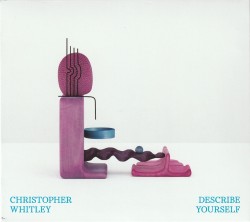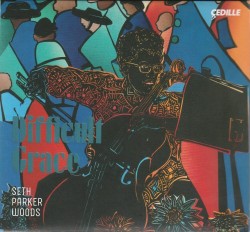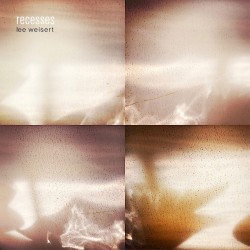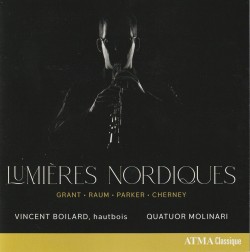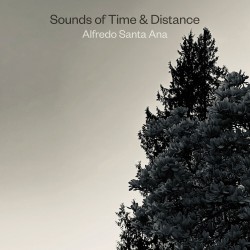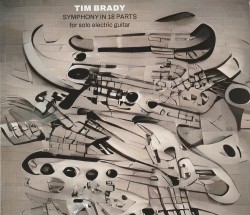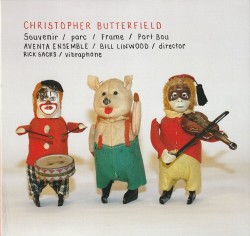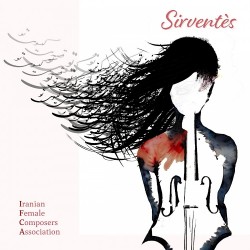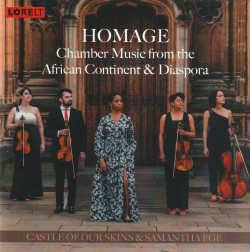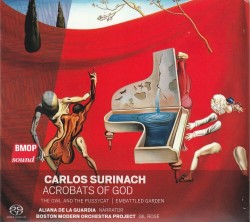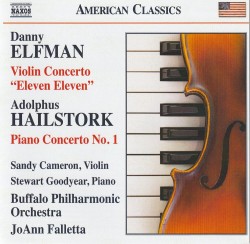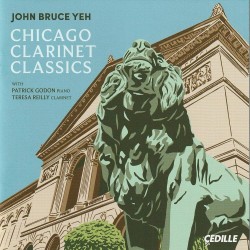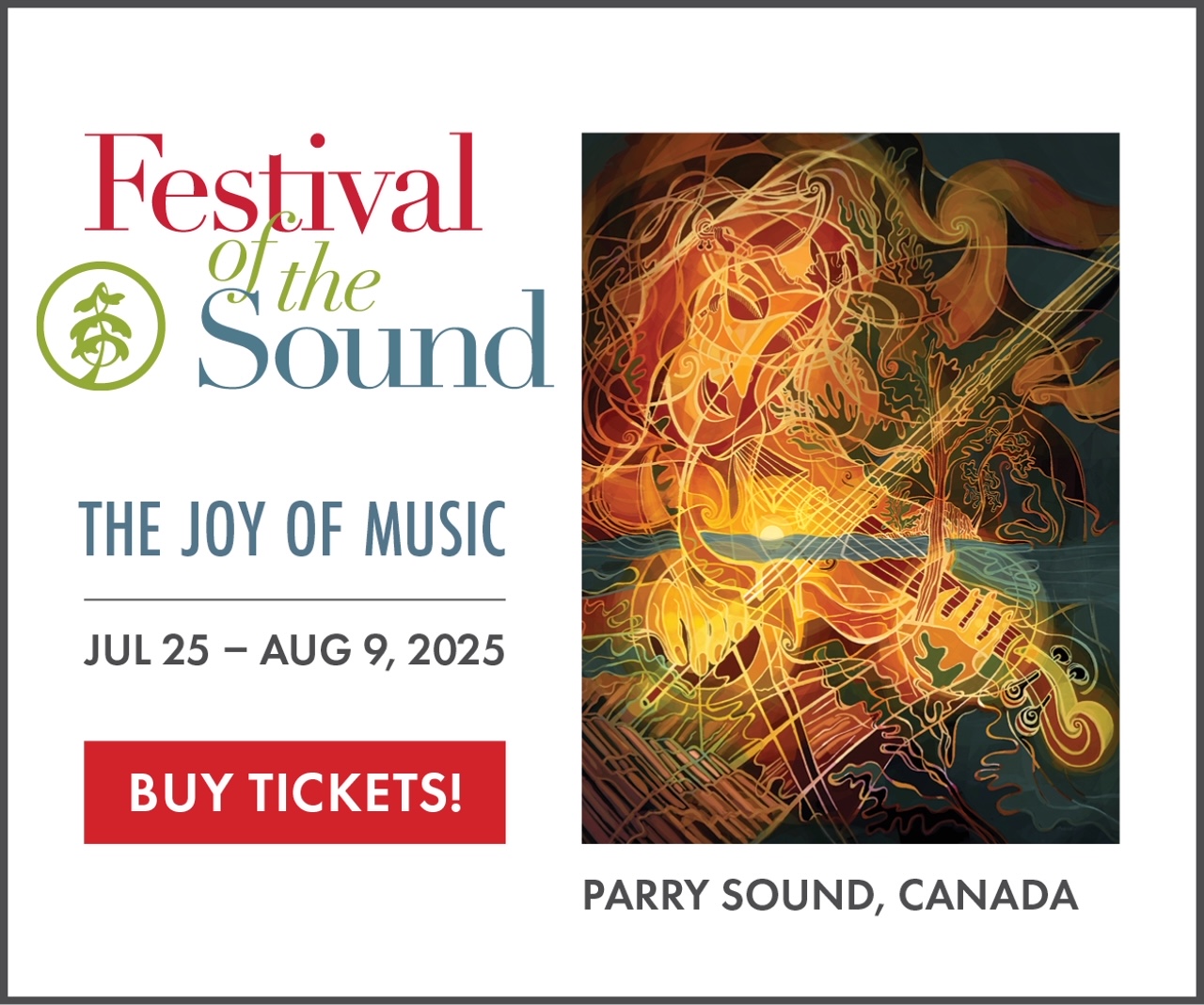Sources - Louise Campbell
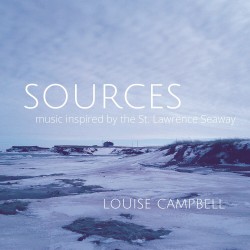 Sources
Sources
Louise Campbell
Redshift Records (redshiftmusicsociety.bandcamp.com/album/sources)
Ambient soundscapes can be fascinating. It’s a mystery to me that some can also be as listenable, out of context, as the material on this new disc. That’s a long-winded roundabout compliment to the creator of Sources, multi-disciplinary clarinetist Louise Campbell. Full disclosure: I too am a Campbell, of the Irish variety, so call me biased at an odd angle.
The clarinet on these four tracks is rarely heard without many layers of electronic manipulation applied. Campbell’s playing is equal to the material she writes without ever being showy. The point is not to highlight the instrument nor the player, but to distill the sounds she generates into evocations. The first track, Songbird, is a psychedelic dawn chorus set in Georgian Bay. Swirl (an elegy to her late father) evokes tiny watery movements at the edge of Le Fleuve St. Laurent. Briefly, Campbell allows her sound to stand unclothed by electronic reverb and echo, a breathtaking moment. Playing Guitar Gear rocks on about Campbell’s hometown of Montreal. It’s the most dynamic piece, and while I don’t get what it’s about, it’s fun.
The first three tracks each last around ten minutes, and the fourth, People of the Sea, balances the length almost exactly at 33 minutes. Also a music therapist, Campbell allows one to wander about within the sounds. I found myself hearing it accompanying my thoughts on a range of things (including editing other reviews) and when I checked in it was mostly finished. At some point a single line became several, and a stationary colour became something like a melody. The texture is pebbled, not granular but bumpy, like distressed beach-glass. The final minute or so is an open harmony, a major sixth resolving gradually to an open fifth over an evocation of surf. Amen. Quite beautiful.


